Client Kickoff Meeting Part-2: 4 Key Areas to Cover in a Client Kickoff Meeting

- You and your clients are on the same page
- You both come to a common agreement on various things like,
- Project Scope
- Goals
- Deadlines
- And you establish a strong business relationship with your clients
4 Key Areas to cover in a Client Kickoff Meeting
1. Have a formal introduction of both the teams
Kickoff your meetings with a session of nice and warm introductions. The meeting would have key stakeholders from your team as well as your clients’ team. So, give each and everyone a chance to introduce themselves and explain what their role is. This provides an excellent opportunity for everyone to know each other.
The ultimate goal here is to build rapport with the group. You’ll most likely be working closely with the people in this meeting in the coming months. So, it’s never a good policy to keep them nameless and faceless.
2. Discuss the project’s scope
The actual discussion begins from here. The first thing that you need to talk about is the scope of the project.
Project scope is basically the sum of all the things you are going to take care of as a part of this project. This includes,
- Project-related tasks (e.g. write a piece of software)
- Specific deliverables (e.g. a training plan)
- And defined outcomes (e.g. percentage of their staff that will be trained).
For the purpose of a kickoff meeting, you only need to give a high-level overview of the scope. You can have just one or two slides with five bullet points each.
Wondering what exactly should you discuss here? Think of the major parts your project is delivering. For example, in a construction project, this would be setting up a building, doing the plumbing, electrical wiring, and so on. This would be the scope.
Along with this, you should also list those things that are not in scope. For example,
- Maybe you set up the building but the client wants to do the flooring and tiling by himself
- Or you leave out the lighting setup
This is what we call ‘out of scope‘, in project management. The reason why you should mention what is not in scope is that you don’t want people to have wrong expectations.
Because this will only backfire later on when somebody asks you ‘Why isn’t the lighting installed?’ and you say ‘Oh, didn’t we agree this was not in scope?’.
3. Set SMART goals
Next up, focus on the project’s goals. While you may have heard about your client’s goals during the sales process, you will now want to actually set goals that are SMART.
Meaning, the goals need to be:
- Specific: Determine the type of goal you’re pursuing and make sure it’s not too broad or vague. For instance, “getting more views on a blog post” is not a specific goal, but something like “improving average traffic generated for the blog post by paid social” is. Measurable: Establish how you will track the goals. Develop a process for measuring and reporting the success or failure of specific business goals that have been promised to the client. Extending the example above, you might want to measure the traffic stemming directly from your client’s paid social efforts. And also measure to see how it stacks against the total traffic their blog is generating.
- Attainable: Make sure that the goals are achievable. For example, it would be too unrealistic to set a goal to generate 5,000,000 organic sessions per month for your client’s company blog. Find out what your client’s previous efforts and achievements are. Then try to benchmark what has been done before so that you can showcase growth.
- Realistic: Set realistic expectations with the clients. The client may want to see 5,000 leads per month generated. But if his retainer only covers two blog posts per month and he has never had a lead come through his website, then this goal might not be in the realm of possibility.
- Timebound: Establish a deadline for achieving goals. Discuss
- The amount of time it will take to create and deploy various activities related to the projects.
- And how long will it take to actually see the benefits of those activities.
4. Come to an agreement on collaboration
On the other side of this meeting, you are going to enter into a relationship with your new client. This means that you will be working in collaboration with each other for the next few months.
So, in order to avoid agonizing over why your client is calling you at 1 AM or wants you to redo your work for the fifth time, always agree on the collaboration process beforehand, namely:
- How often you’ll communicate?
- Who contacts whom and when?
- How and when feedback is given?
- Who’s in charge of the review?
- And the number of reworks (and cost)?
This creates a comfortable and friendly environment for both parties to collaborate and work together.
Want to learn how to efficiently enter into the new markets?Permalink
Read: How to Expand into New Markets Efficiently?
Want to know how to plan your sales?Permalink
Sales Plan Part-1: How to Create a Sales Plan?
Sales Plan Part-2: Different Types of Sales Plans (Templates + Examples)
Sales Plan Part-3: How to optimize your Sales Planning for Rep Success in 2021
Learn how to select and implement the right sales methodology at your organizationPermalink
How to select and implement the right sales methodology?
Learn how to scale your sales communication across sales teams in this virtual worldPermalink
Scaling communication across sales teams in the virtual world
Related Posts
LMS + Gamification for Enterprise Sales Teams
The 2025 Guide to LMS + Gamification for Enterprise Sales Teams Enterprise sales is a moving target. Messaging changes. Products...
Creating a Safe Learning Environment: AI’s Role in Sales Skill Development
In today's fast-paced sales environment, creating effective training programs that allow sales representatives to develop their skills in a supportive...
How can Trainers Use AI Sales Role plays to Train MRs Better Detailing and Closing Techniques
In general, companies investing in sales training are 57% more effective than those who don’t. Let’s break that down with...
Looking for a sales training software that takes your sales training to a whole new level?
Explore SmartWinnr’s Learning and Gamification features. Learn how to run fun and engaging sales training and sales coaching for your team through SmartWinnr.
Curious to learn more about it? Book a demo today!
 Two way AI Role Plays
Two way AI Role Plays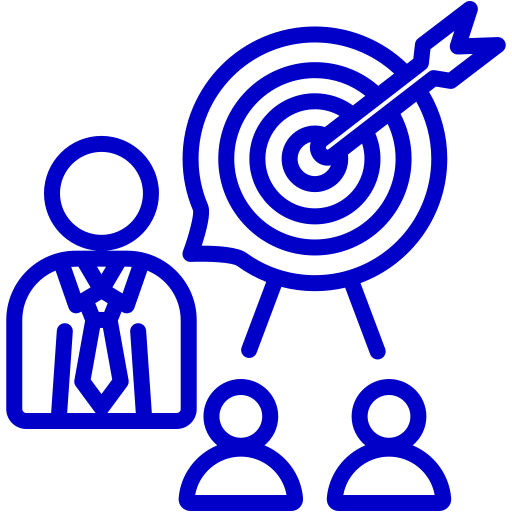 Targeted Learning
Targeted Learning Gamification
Gamification Sales Coaching
Sales Coaching Sales Contest
Sales Contest Implementation
Implementation Consulting
Consulting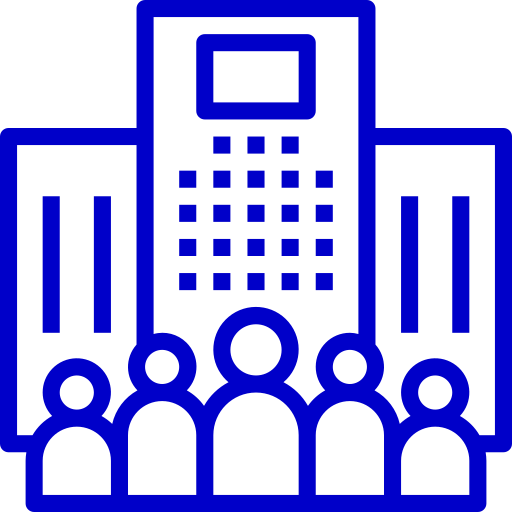 Enterprise Ready
Enterprise Ready Pharmaceuticals
Pharmaceuticals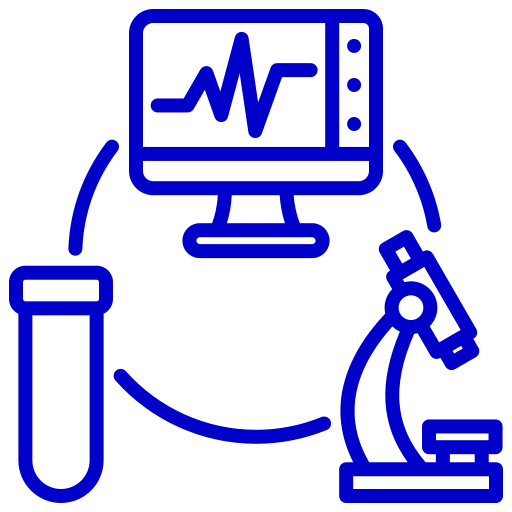 Medical Devices
Medical Devices Insurance
Insurance Banking
Banking Technology
Technology Senior Living
Senior Living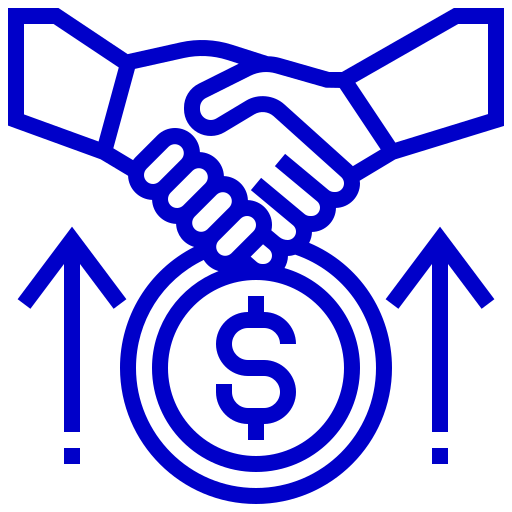 Sales
Sales Call Centers
Call Centers Marketing
Marketing Improve Sales Productivity
Improve Sales Productivity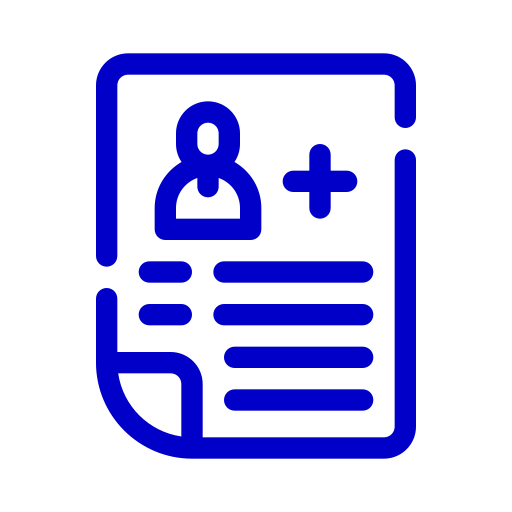 New Hire Onboarding
New Hire Onboarding New Product Launch
New Product Launch Channel Partner Training
Channel Partner Training Sales Events
Sales Events Success Stories
Success Stories Whitepapers and eBooks
Whitepapers and eBooks Contest Template Designer Tool
Contest Template Designer Tool Sales Training
Sales Training Gamification
Gamification All Blogs
All Blogs
